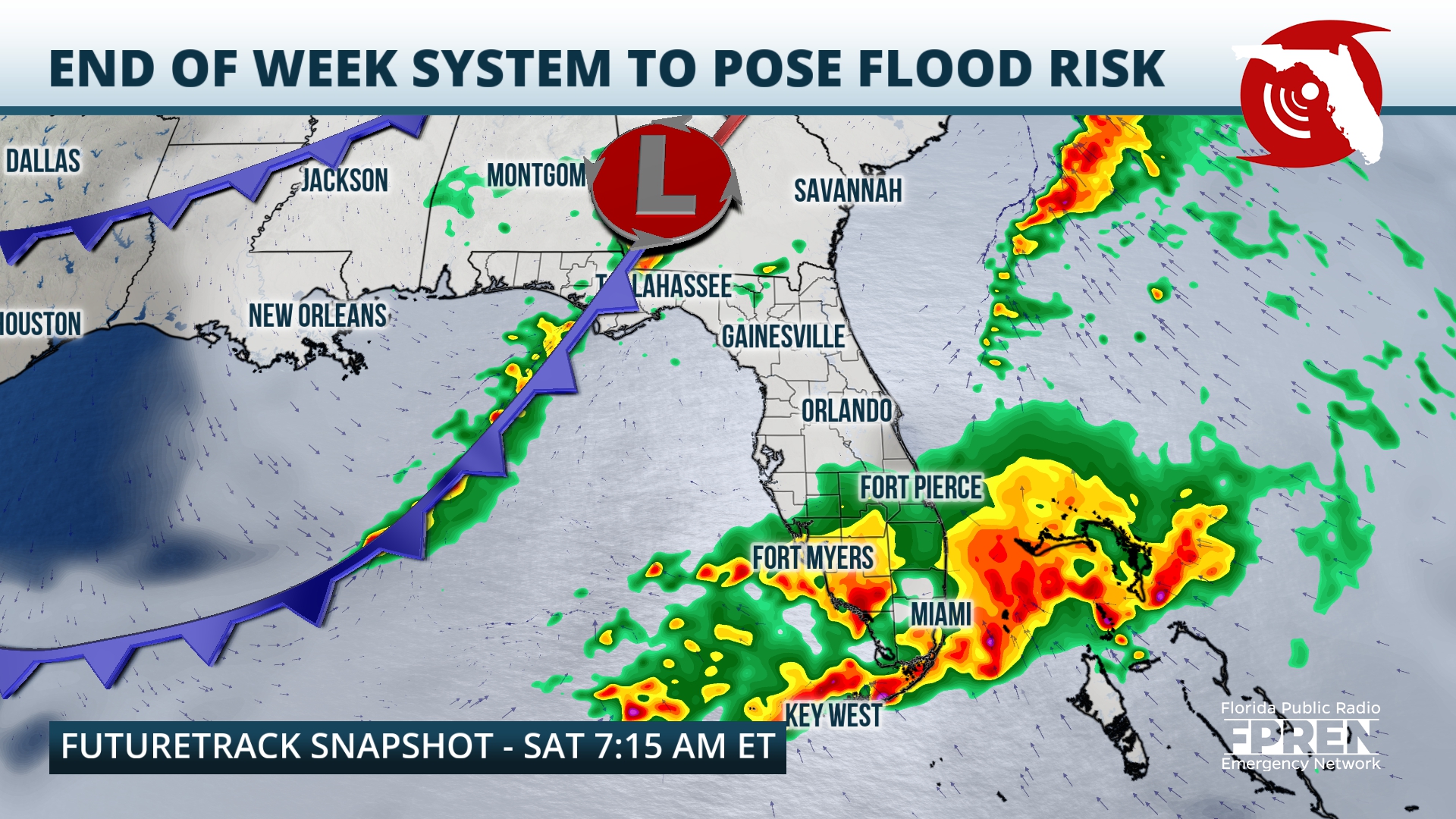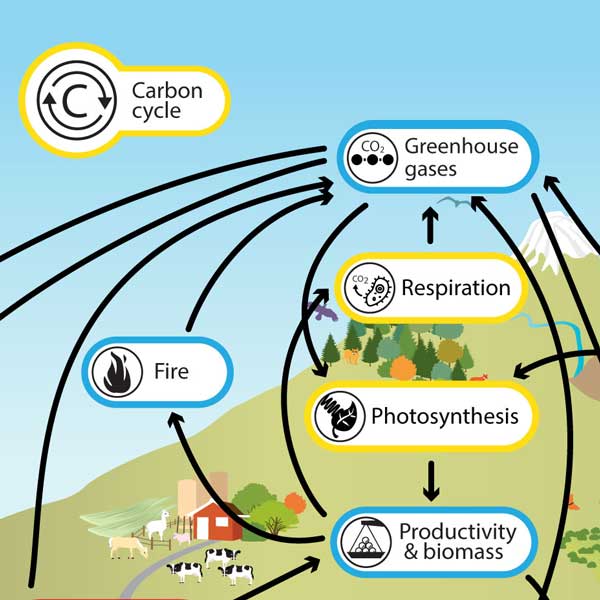
Sustainable Development Goals and Climate Change
Introduction
Plants play a crucial role in the exchange of carbon dioxide and water vapor through their stomata, or pores on their leaves. During periods of drought, plants close these pores to conserve water, which also reduces their carbon dioxide uptake. This interaction between plants and drought conditions has significant implications for climate change and the achievement of the Sustainable Development Goals (SDGs).
Earth System Models and Climate Change
Earth system models are computer-based simulations that provide valuable insights into the complex interactions between Earth’s atmosphere, land, oceans, ice, and living organisms. These models are essential tools for predicting the effects of climate change and informing policy decisions related to sustainable development.
Inaccurate Climate Projections
However, recent research by Green et al. highlights a potential flaw in current Earth system models. The study suggests that these models may be underestimating the impact of moisture availability on stomatal conductance, which is the process by which plants exchange carbon, water, and energy with the atmosphere.
Research Findings
The researchers used satellite data and observation-based reanalysis data to estimate global canopy conductance, which represents the sum of all stomatal conductance in a canopy. They then compared this information with Earth system model predictions.
The findings indicate that Earth system models are underestimating the response of canopy conductance to changes in moisture availability by approximately 33% and up to 50% in certain regions. This underestimation is particularly significant in semiarid and subhumid areas, such as savannas, croplands, and grasslands, where temperatures range from 5°C to 25°C.
Implications for Climate Projections
The underestimation of canopy conductance in Earth system models has important implications for climate projections, particularly during droughts. Canopy conductance plays a crucial role in the movement of carbon, energy, and water in the atmosphere. Misrepresenting this process can lead to significant errors in climate projections and hinder progress towards achieving the SDGs.
Conclusion
The research by Green et al. highlights the need for improved modeling of plant responses to drought conditions in Earth system models. By accurately representing the impact of moisture availability on stomatal conductance, these models can provide more reliable climate projections and contribute to the achievement of the SDGs.
Citation
- Owen, R. (2024), Climate models often miss how plants respond to drought, Eos, 105, https://doi.org/10.1029/2024EO240052. Published on 5 February 2024.
Image Source
- Source: AGU Advances
SDGs, Targets, and Indicators
-
SDG 13: Climate Action
- Target 13.1: Strengthen resilience and adaptive capacity to climate-related hazards and natural disasters.
- Indicator 13.1.1: Number of deaths, missing persons, and directly affected persons attributed to disasters per 100,000 population.
-
SDG 15: Life on Land
- Target 15.1: By 2020, ensure the conservation, restoration, and sustainable use of terrestrial and inland freshwater ecosystems and their services.
- Indicator 15.1.2: Proportion of important sites for terrestrial and freshwater biodiversity that are covered by protected areas, by ecosystem type.
The article addresses the issue of how plants respond to drought conditions and the impact on their carbon dioxide uptake. This is relevant to SDG 13 (Climate Action) as it discusses the underestimation of climate projections due to misrepresentation of canopy conductance during droughts. It is also relevant to SDG 15 (Life on Land) as it highlights the importance of understanding plant responses to drought for the conservation and sustainable use of terrestrial ecosystems.
Based on the article’s content, the specific targets that can be identified are:
- Target 13.1: Strengthen resilience and adaptive capacity to climate-related hazards and natural disasters.
- Target 15.1: By 2020, ensure the conservation, restoration, and sustainable use of terrestrial and inland freshwater ecosystems and their services.
The article mentions the indicator of “canopy conductance’s response to changes in moisture availability” as a measure of how accurately Earth system models represent plant responses to drought. This can be used to measure progress towards the identified targets.
| SDGs | Targets | Indicators |
|---|---|---|
| SDG 13: Climate Action | Target 13.1: Strengthen resilience and adaptive capacity to climate-related hazards and natural disasters. | Indicator 13.1.1: Number of deaths, missing persons, and directly affected persons attributed to disasters per 100,000 population. |
| SDG 15: Life on Land | Target 15.1: By 2020, ensure the conservation, restoration, and sustainable use of terrestrial and inland freshwater ecosystems and their services. | Indicator 15.1.2: Proportion of important sites for terrestrial and freshwater biodiversity that are covered by protected areas, by ecosystem type. |
Behold! This splendid article springs forth from the wellspring of knowledge, shaped by a wondrous proprietary AI technology that delved into a vast ocean of data, illuminating the path towards the Sustainable Development Goals. Remember that all rights are reserved by SDG Investors LLC, empowering us to champion progress together.
Source: eos.org

Join us, as fellow seekers of change, on a transformative journey at https://sdgtalks.ai/welcome, where you can become a member and actively contribute to shaping a brighter future.






